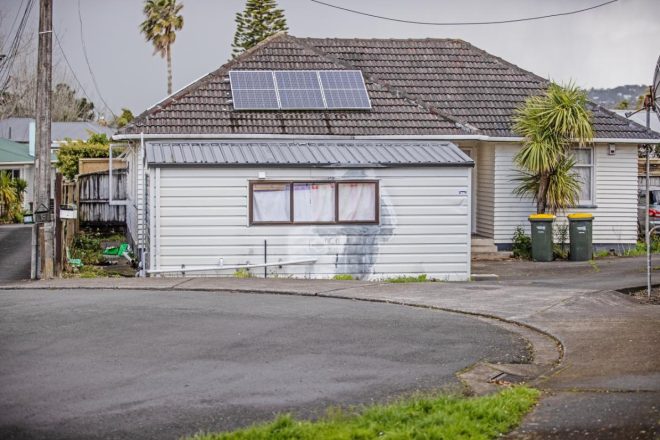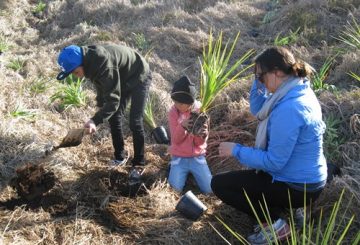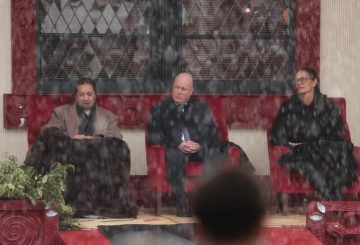Auckland Council has confirmed that a house in New Lynn is being used as an illegal boarding house, not as a regular home as claimed by its owner, Sukhdev Singh. The house, located on Hinekohu Street, is valued at $1.1 million and is used to provide emergency housing and short stays.
The council first issued a Notice to Fix in December 2015 due to the illegal use of the property. In March 2022, an inspection revealed five tenants living in separate bedrooms of the main house and two in a converted garage. The council found no permits allowing this use, which has stricter fire safety requirements.
In addition, the council issued a Dangerous and Insanitary Building Notice for the garage, citing unsafe gas installations and signs of fire damage. The garage unit was considered unclean, with broken windows and not meeting basic living standards.
When the issues were not resolved by November 2022, the council issued an infringement notice. Singh claimed he had completed the required work and asked for the notices to be withdrawn. However, the council disagreed. Singh then took the matter to the Ministry of Business, Innovation and Employment for review.
Singh argued that the property was for emergency housing and, since it housed only five people, it should be considered a single household. He said the garage was safe and that the gas supply had been disconnected. The council countered that the number of residents did not determine whether it was a boarding house.
The ministry’s adviser, Peta Hird, ruled that the main house was being used as “sleeping accommodation” and not as a single household. However, she noted that the garage could qualify as a “detached dwelling” because it could accommodate a single family.
Hird stated that Singh had not informed the council about the change of use, violating the Building Act. Still, she found that the council’s requirement for him to file additional reports was not legally enforceable.
The council’s assessment that the garage was dangerous was upheld, but the claim that it was insanitary was not. As a result, Hird recommended withdrawing the Notices to Fix for the main house and the garage concerning insanitary conditions.
Singh owns three properties on Hinekohu Street, including another used for emergency housing. His building consultant, Alan Light, disagreed with parts of the determination but acknowledged it could be appealed. He noted the Building Act allows for some boarding houses with fewer than six occupants to be considered detached dwellings.
The council’s compliance manager, Adrian Wilson, stated they are reviewing the decision to consider reissuing necessary notices.






























































